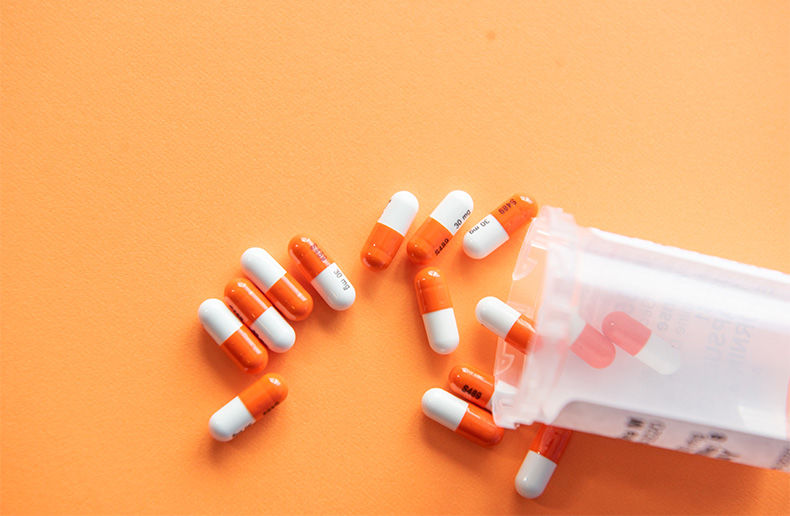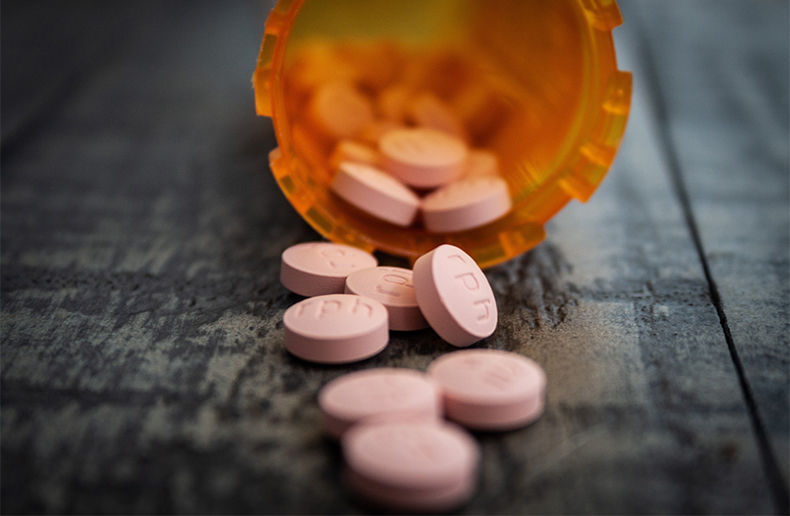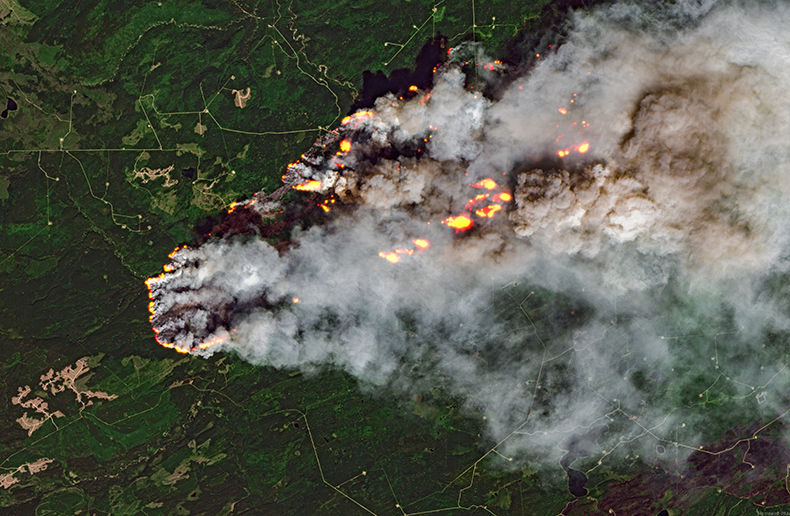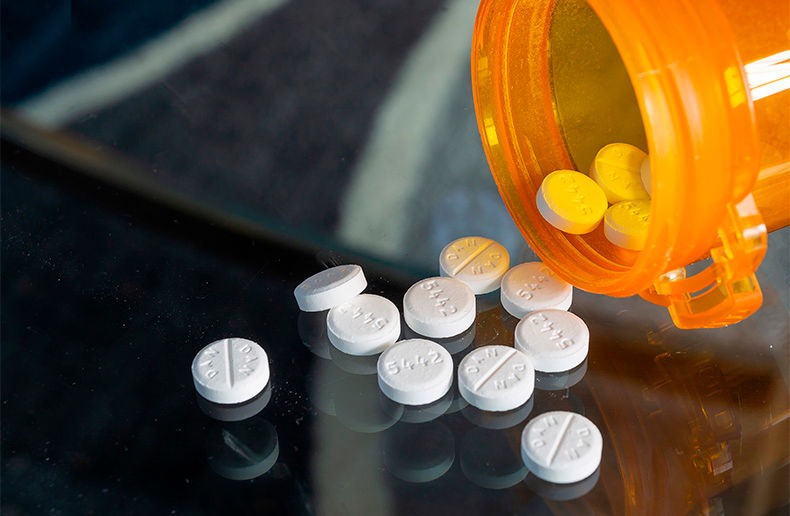Public drug plans not immune to the rising cost of medications
By
Alain Thériault
|
Jan. 17, 2024, 10:55 a.m.

Photo: Unsplash
Costs grew faster in 2021-2022 than in the previous five years.
This article is reserved to PRO Level subscribers
Discover the PRO Level
Already subscribed? Sign in >
Advertisement
The most popular in Health
Make your business shine with Visibility360!
Get a PDF version to share in your networks.
I'm interestedHeadlines
Advertisement
Related topics …















